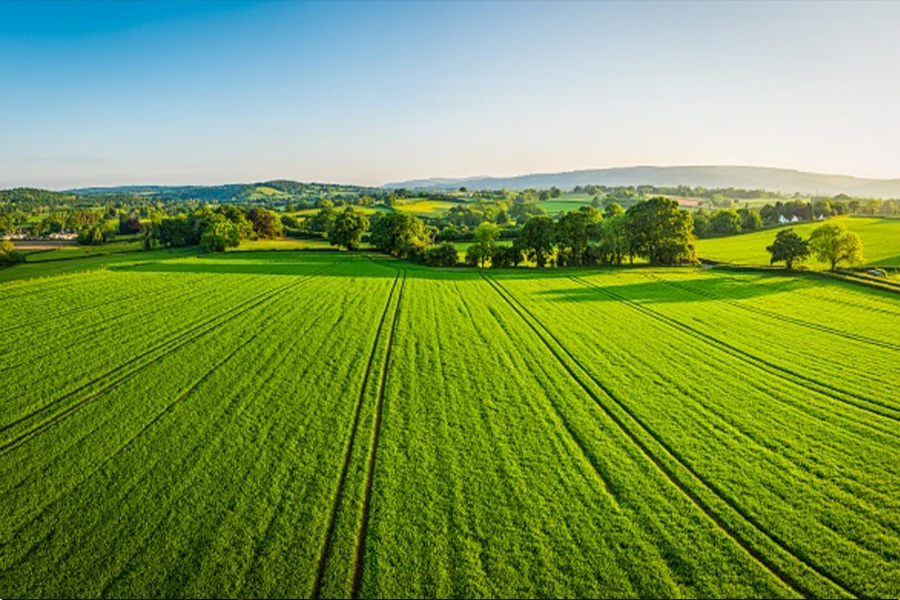Agriculture, as the backbone of many economies and a crucial source of livelihoods for millions worldwide, faces continuous pressure to adapt and evolve. Among the various strategies employed to enhance agricultural productivity and resilience, the exploration of diverse cropping systems stands out as a promising approach. By diversifying the types of crops grown and the methods used to cultivate them, farmers can create more stable and sustainable livelihoods.

One of the primary advantages of diverse cropping systems is their ability to mitigate risk. By planting a variety of crops, farmers can reduce their vulnerability to pests, diseases, and adverse weather conditions that can devastate monoculture systems. If one crop fails due to a pest outbreak or drought, others may still thrive, providing a safety net for farmers and their families. This diversification not only stabilizes income but also ensures a broader range of food options, contributing to dietary diversity and better nutrition.
Moreover, diverse cropping systems can enhance soil health and fertility. Different crops have varying nutrient requirements and root structures, which can lead to improved soil structure and nutrient cycling. By rotating crops or planting cover crops, farmers can break up soil compaction, increase organic matter content, and reduce the need for chemical fertilizers. This, in turn, can lead to lower production costs and more sustainable agricultural practices.
In addition to risk mitigation and soil health benefits, diverse cropping systems can also promote biodiversity. A rich variety of crops attracts a wide range of beneficial insects, birds, and other wildlife, which can play a crucial role in pest control and pollination. This ecological balance can further enhance agricultural productivity and resilience, creating a more harmonious and sustainable agricultural ecosystem.
Economically, diverse cropping systems can also offer significant advantages. By producing a wider range of crops, farmers can diversify their income streams and tap into new markets. This can lead to increased profitability and better economic opportunities for rural communities. Furthermore, diverse cropping systems can support local food systems and contribute to food security by reducing reliance on imported food and ensuring a steady supply of locally produced crops.
However, the adoption of diverse cropping systems is not without challenges. Farmers may face difficulties in learning new cultivation techniques, managing crop rotations, and marketing diverse products. Additionally, access to seeds, water, and other resources may vary across different regions and farming systems, limiting the feasibility of diverse cropping systems in some areas.
To overcome these challenges, governments, agricultural extension services, and private sector organizations can play a crucial role. By providing training, technical assistance, and financial support, these stakeholders can help farmers adopt diverse cropping systems and integrate them into their farming operations. Additionally, research and development efforts can focus on developing crop varieties that are well-suited to diverse cropping systems, improving disease resistance, and enhancing nutritional quality.
In conclusion, exploring diverse cropping systems is a vital strategy for achieving sustainable livelihoods in agriculture. By mitigating risk, enhancing soil health, promoting biodiversity, and offering economic benefits, diverse cropping systems can contribute to more resilient, productive, and sustainable agricultural systems. With support from governments, extension services, and the private sector, farmers can adopt these systems and create a brighter future for themselves and their communities.

 Return
Return


